Glaciers: Imagine a fleet of DJI Mavic drones slicing through the crisp Norwegian air, weaving between jagged peaks and glistening ice to unlock the secrets of a warming planet. That’s the scene at Nigardsbreen, a stunning glacier nestled in the Jostedalsbreen ice cap—Europe‘s biggest icy playground.
This groundbreaking study, hot off the presses in June 2025, isn’t just about pretty drone footage (though we know you’d kill for that 4K glacier glam). It’s about how these flying tech wizards are revolutionizing climate science, giving us the lowdown on how melting glaciers and toasty lakes are shaking up Norway‘s weather like a polar vortex at a beach party.
Mavics and Meteorological Sensors: The Ultimate Glacier Wingmen
Let’s talk drones, because these bad boys are stealing the show. The researchers unleashed a quartet of DJI Mavic drones—2 and 3 Pros, the kind of gear that makes any DroneXL.co reader drool. Each one was pimped out with iMet-XQ2 meteorological sensors, turning them into flying weather stations that could measure temperature, humidity, pressure, and wind speed like nobody’s business.

Over three epic days in September 2023, these drones logged 76 vertical profiles across the Nigardsbreen glacier-lake-valley system. That’s right—76 flights tackling rugged terrain, steep valleys, and weather that could go from sunny to “where’s my parka?” in a heartbeat. Try doing that with a clunky ground station or a manned plane.
Why drones? Because they’re the ultimate wingmen for science in places where humans would slip, slide, or just say, “Nope, too cold.” Nigardsbreen’s remote vibes and treacherous slopes are no match for a drone’s nimble moves. These UAVs worked in sync with ground-based automatic weather stations (AWSs) and a Doppler LiDAR (fancy laser tech for wind tracking) to build a dataset so juicy it could star in its own climate documentary.

The data was then crunched in the Weather Research and Forecasting (WRF) model, which is basically the crystal ball of weather prediction. The result? A front-row seat to how glacier retreat and lake warming are rewriting the local weather script.
This isn’t drones’ first rodeo in glacial research. Our UAV pals have been making waves in Iceland, mapping moraine dams, in Peru, scoping out Andean glaciers, and in Alaska, sniffing out flood risks. But the Nigardsbreen study is next-level, zooming in on how glacier melt messes with the atmosphere itself. It’s like drones are the new superheroes of climate science, cape and all, and we’re here for it.
What the Drones Dug Up
So, what did these high-flying heroes uncover? Spoiler alert: it’s a big deal. The Nigardsbreen study dropped some serious knowledge bombs about how glacier retreat and warming proglacial lakes (like the chilly Nigardsbrevatnet) are throwing curveballs at local weather.
Proglacial Lake Shenanigans
Nigardsbrevatnet, the lake chilling at the glacier’s base, is more than just a pretty backdrop. Its cold surface is like a bouncer for down-glacier winds, slowing them down or redirecting them like a DJ spinning tracks. It also stirs up upstream convection—think warm air rising like a hot air balloon—and traps cold air in the valley, creating “cold pools” that keep things frosty. For locals, this means weirder temperature swings than a reality TV show plot twist.
Glacier Retreat’s Ripple Effect
As Nigardsbreen shrinks faster than your drone battery while recording a timelapse, it’s reshaping the landscape and messing with the wind. Glacier winds are getting weaker, and mountain waves—those funky atmospheric ripples caused by air flowing over peaks—are changing their tune. This isn’t just a local problem; it’s tweaking weather patterns downwind, potentially throwing shade on everything from crops to ski slopes.
Thermal Forcing Takes the Wheel
When thermal forces (aka temperature-driven chaos) take over on calm days with weak upper-level winds, the weather gets extra sensitive to glacier and lake changes. Think of it like a drone with a twitchy controller—small tweaks in glacier size or lake temp can lead to big shifts in wind, temperature, and even precipitation. It’s a domino effect that could make or break local industries like farming, hydropower, or tourism.
These findings are a wake-up call. Glacier retreat isn’t just about less ice for your Instagram feed—it’s flipping the script on entire ecosystems. For communities around Jostedalsbreen, this could mean rethinking agriculture, hydropower, or even how to keep tourists coming when the weather’s acting like it forgot its lines. The study also hints at a nasty feedback loop: warmer air over the glacier could speed up melting, which could crank up the heat even more. Yikes.
Drones: The Climate Avengers We Need
This study is a love letter to drones and the DroneXL.co community. By strapping iMet-XQ2 sensors onto consumer-grade DJI drones, the researchers proved you don’t need a Hollywood budget to do world-changing science.

These drones became flying weather labs, collecting data so precise it makes your GPS look like a drunk homing pigeon. For our readers, this is huge—your Mavic could be the next climate hero, no cap.
Proglacial lakes, often ignored in weather models because they’re “too small,” are clearly big players in local climate. Drones are stepping up to fill the data gap, delivering real-time, high-res info that makes models like WRF sing. As glaciers keep shrinking and new lakes pop up like plot twists in a sci-fi flick, drones will be the MVPs for tracking these changes. From monitoring melt rates to spotting new flood risks, UAVs are ready to soar into action.
Drones aren’t just for epic aerial shots or delivering your burrito—they’re legit tools for tackling climate change. Whether you’re a hobbyist tweaking your rig or a pro dreaming up new sensor mods, the future’s looking Skyward. Innovations like longer battery life, tougher builds for icy conditions, or next-gen sensors could push drones even further into the climate fight.
In a world that’s heating up faster than a drone motor on overdrive, the Nigardsbreen study is a beacon of hope. It shows how tech and science can team up to decode the planet’s mysteries and maybe, just maybe, help us stay one step ahead of climate chaos. So, DroneXL.co fam, keep flying, keep innovating, and let’s make those rotors roar for a cooler, smarter future. Are you ready to take your drone to the glaciers?
Images courtesy of VisitNorway and InterMet
Discover more from DroneXL.co
Subscribe to get the latest posts sent to your email.


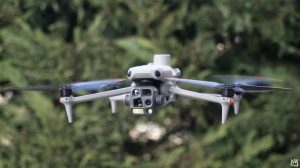


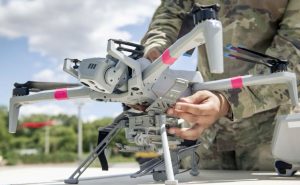


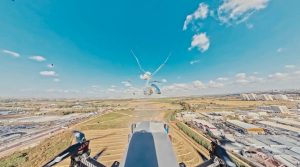




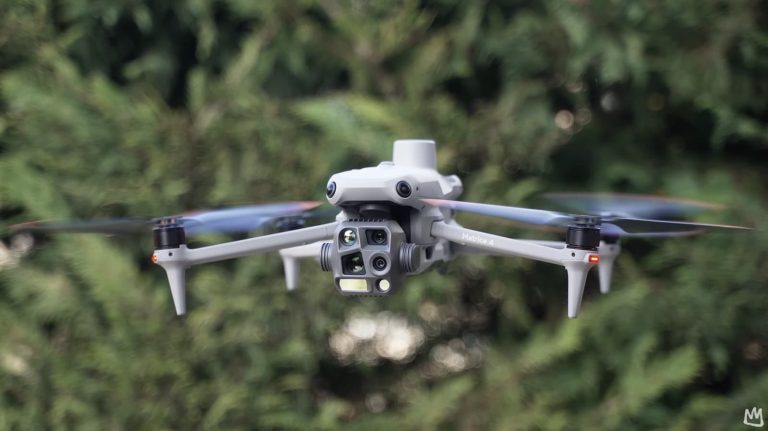
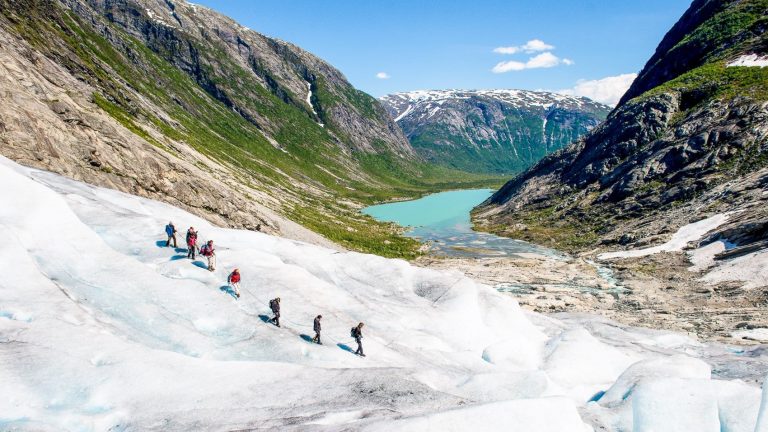

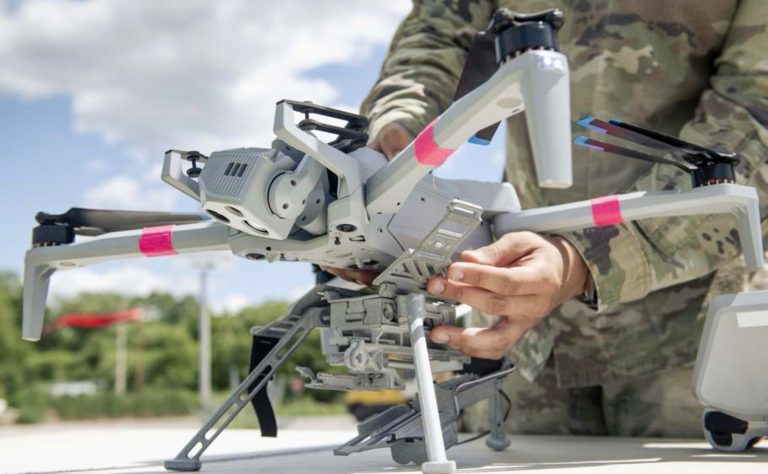
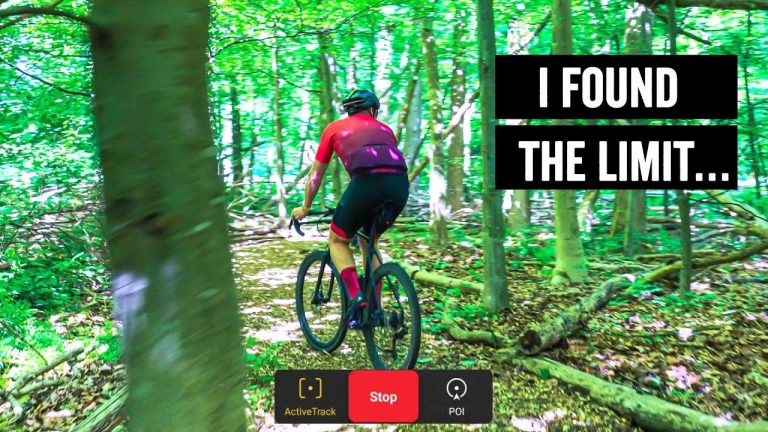

+ There are no comments
Add yours